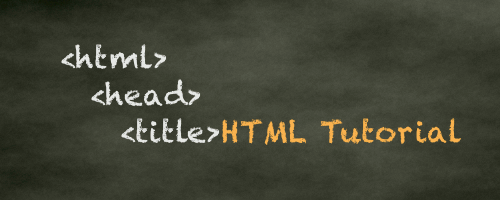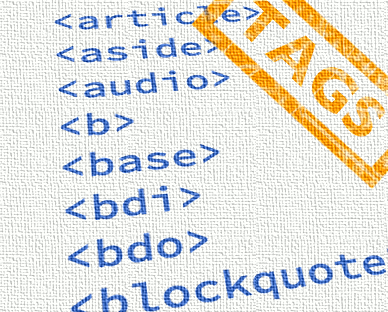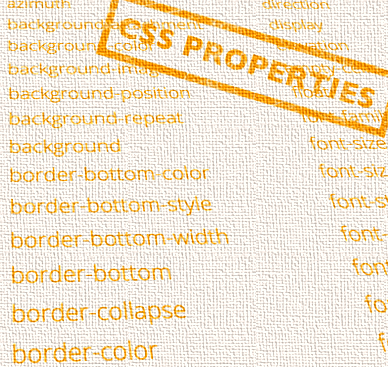Mailto Form
Use the following HTML code to create a basic feedback form that sends you an email when submitted. When a visitor submits this form, the mailto: link will open the visitor's email client pre-populated with the form contents. The visitor can then click "Send" to generate an email to the webmaster.
HTML Code for a Mailto Form
You can copy and paste the code below. To use this code, replace the email address with your own email address (or whatever email address you want the feedback sent to).
Looking for a Better Way?
Although the above method is the easiest way to create a form that sends you email, it is a little "clunky".
Also, using the mailto link may not work 100% of the time for your visitors. This is because it relies on the visitor to use the browser's default email client. This is not always the case - especially if the visitor is not using their own computer.
A more professional way is to use a server-side script that automatically sends the email. For a more professional feedback form, get this form to email script. In 5 minutes, you'll be able to add a more a professional looking feedback form to your website.
Modify Your Feedback Form
You can change the look of your feedback form by adding styles to it. Check out these comment boxes to change the color of your feedback form, add a background picture, or add a border to your comment box.
HTML Reference
-

HTML Tutorial
Free HTML tutorial that explains how to code in HTML.
This tutorial explains what HTML elements and attributes are, and how to use them.
I explain the basics, such as what you need in order to write HTML and how to create your first web page.
I then cover other HTML topics including tables, adding color, images, forms, image maps, iframes, meta tags, and more.
I also explain the difference between HTML and CSS (and when to use each one).
Go to HTML Tutorial -

HTML Tags
Full list of all HTML elements.
This is an alphabetical list of HTML elements, linking to a full page of details for each element.
All elements are based on the official HTML5 specification, and include usage notes, full attribute list, as well as links to the various specifications for each element (i.e. HTML4 spec, HTML5 spec, WHATWG spec).
Go to HTML Tags -

CSS Properties
Full list of CSS properties.
Alphabetical list of CSS properties as per the W3C specifications.
CSS stands for Cascading Style Sheets. CSS is the standard way to style web pages.
You can use CSS to set the style for a whole website in one place. CSS allows you to set colors, fonts, widths, heights, margins, padding, and much more.
Go to CSS Properties